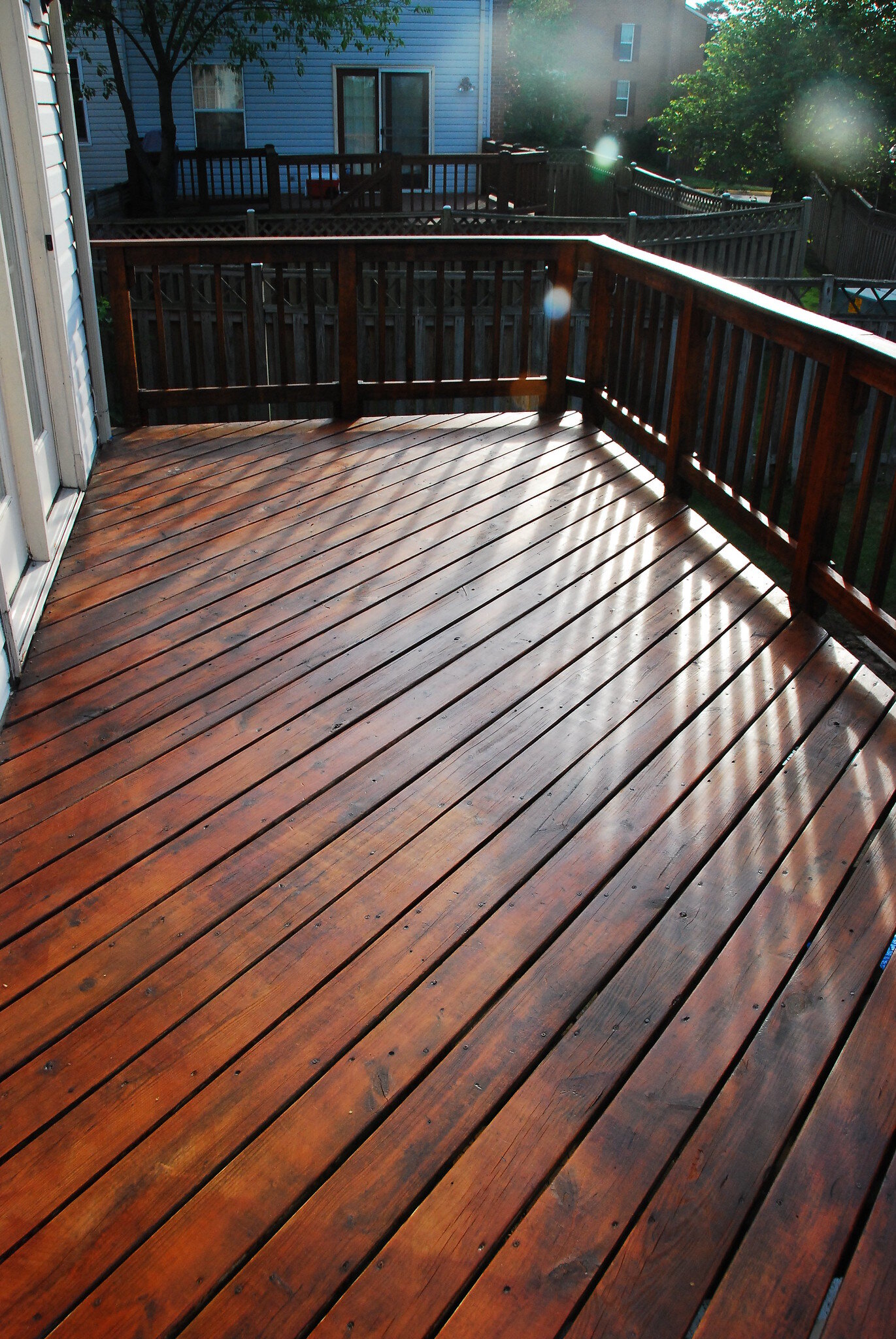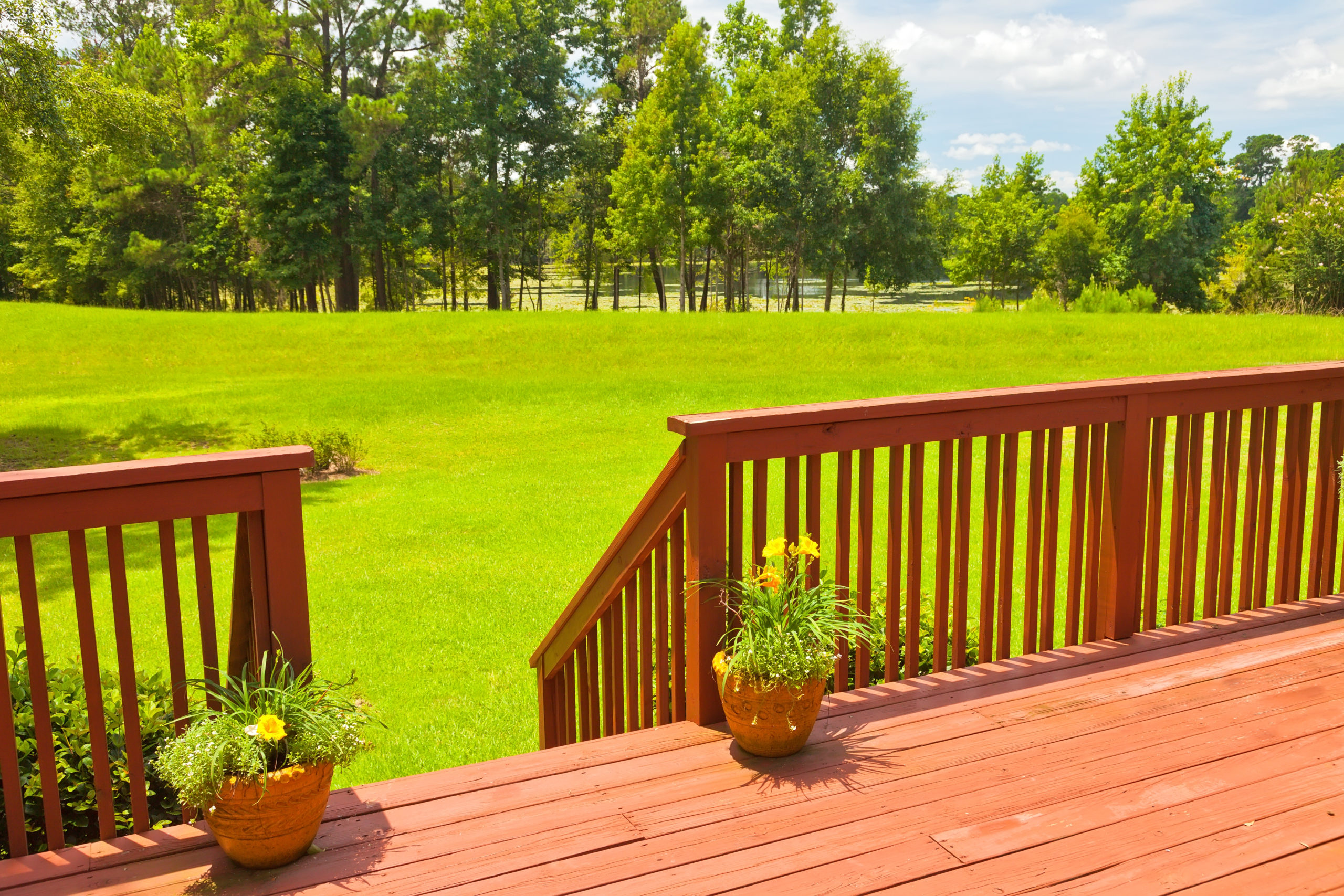Choosing the Right Spot for Your Fencing: Tips and Considerations
When it comes to improving the appearance and preserving of your fence, choosing the best stain is important. We will check out the different types of fence discolorations, factors to consider prior to picking a tarnish, ideas for preparing your fencing for staining, and the differences between water-based and oil-based discolorations. In addition, we will dig into picking the appropriate tarnish color to complement your fencing and boost your outside space.
Understanding Various Kinds Of Fence Stains

On the various other hand, water-based discolorations are made from acrylic or latex and supply an extra refined shade to the timber. Water-based discolorations are less complicated to cleanse up and have a quicker drying out time compared to oil-based spots.
Choosing between oil-based and water-based stains relies on numerous variables, including personal choice, the wanted appearance, and the level of maintenance required. Oil-based discolorations are advised for surround high-traffic areas or those continuously exposed to severe weather. fence staining. Water-based stains, on the other hand, are a preferred option for fence residential locations where look and simplicity of use are essential
Recognizing the differences between water-based and oil-based spots helps home owners make a notified decision when picking the ideal stain for their fencing. Considering the certain needs of the fencing, such as its location, direct exposure to sunlight, and preferred aesthetic, will ensure that the selected tarnish provides durable protection and boosts the overall appeal of the fence.
Aspects to Consider Before Picking a Stain

Various kinds of timber take in stains in different ways, resulting in differing levels of color intensity and toughness. Additionally, specific woods may be extra vulnerable to concerns like rot or insect problem, which might impact the selection of stain to safeguard and maintain the fencing.
The climate and weather in your area must likewise be thought about. You may need a stain that provides extra protection versus dampness and UV rays if you live in a location with extreme winters or high moisture. Similarly, if your fencing is subjected to guide sunshine for extended periods, a tarnish with UV inhibitors can help prevent fading and discoloration.
Lastly, it is essential to consider your wanted visual. Different discolorations use different colors and coatings, enabling you to customize the look of your fence (deck staining). Consider the total design and style of your home, as well as any kind of regional regulations or home owner association standards that might dictate the appropriate stain shades
Tips for Preparing Your Fencing for Staining
To prepare your fencing for staining, beginning by thoroughly cleansing the surface making use of a moderate cleaning agent and a pressure washing machine or scrub brush. Cleaning the fencing is an important action as it removes dust, crud, and any type of previous coatings that may hinder the staining procedure. Begin by moistening the fence with water and after that apply a moderate cleaning agent using a scrub brush or a stress washing machine with a low-pressure setting. Scrub the surface area gently, paying additional focus to areas with stubborn discolorations or mold. Rinse the fencing extensively with clean water to eliminate all traces of cleaning agent.
After cleansing, allow the fence to dry totally. fence staining and sealing. This step is essential as discoloring a damp or wet surface can result in bad bond and an unequal coating. Relying on the climate condition, it may take anywhere from a few hours to a few days for the fence to completely dry completely. Make certain that the fence is completely dry before proceeding with the staining process.
Prior to staining, check the fence for any damages, such as loosened boards or nails. Fix any type of problems to guarantee that the fence is structurally sound. In addition, take into consideration using a wood conditioner or brightener to the surface. This item aids to open the wood pores, allowing the tarnish to permeate better and evenly.
:max_bytes(150000):strip_icc()/Wooddeckpaintstain-GettyImages-155145295-597560af054ad90010f80913.jpg)
Contrasting Oil-Based and Water-Based Spots
When choosing a tarnish for your fence, it is necessary to contrast the features and advantages of oil-based and water-based spots. Both kinds of discolorations have their very own advantages and considerations, so it is important to recognize the distinctions in between them.
Oil-based stains are understood for their toughness and resistance to damage. They penetrate deeply into the wood, providing outstanding security against the aspects. They likewise improve the all-natural appeal of the timber by highlighting its grain and appearance. In addition, oil-based discolorations often tend to last longer than water-based stains, making them a preferred choice for fences.
On the various other hand, water-based spots are a lot more ecologically friendly and simpler to clean up. They have a lower VOC (unpredictable natural substance) material, which implies they release less unsafe fumes right into the air. Water-based spots also completely dry much faster, enabling for a quicker application and less downtime. They might not supply the exact same level of security as oil-based stains, specifically in extreme weather condition problems.
Eventually, the selection between water-based and oil-based spots relies on your certain needs and preferences. Take into consideration aspects such as resilience, ecological impact, and convenience of application when making your decision. Consulting with an expert or looking for recommendations from specialists can also assist make certain that you choose the ideal tarnish for your fence.
Selecting the Right Discoloration Color for Your Fence
The option of an appropriate discolor shade for your fencing is an important element of boosting its visual allure and complementing the general design of your exterior room (deck cleaning). The ideal stain shade can transform a plain, ordinary fencing right into a striking centerpiece that includes deepness and character to your property
When selecting a stain color for your fencing, it is important to consider the design and style of your home. Earthy tones such as browns and neutrals can develop a cozy and inviting look if you have a typical or classic design home. On the other hand, if you have a contemporary or modern home, you may think about deciding for bold and dynamic colors that make a declaration.
An additional factor to consider is the natural environments of your building. If you have a great deal of greenery, a stain color that complements the natural landscape, such as eco-friendlies or crimsons, can develop a unified and natural appearance.
In addition, it deserves considering the maintenance needed for various tarnish shades. Lighter shades often tend to reveal dust and put on even more conveniently, while darker shades can conceal flaws and need much less regular touch-ups.
Eventually, the option of discolor color for your fence should reflect your individual design and choices - deck staining. Make the effort to get in touch with and explore different options with experts if required, to make certain that you pick the perfect stain color that improves the charm and charm of your fencing
Verdict
Finally, when it comes to choosing the best stain for your fence, it is essential to comprehend the different sorts of spots offered and think about aspects such as longevity and wanted look. Preparing the fencing appropriately prior to staining is important for accomplishing ideal results. Additionally, comparing water-based and oil-based stains can aid establish the most effective alternative Visit Website for your details demands. Choosing the right tarnish shade can improve the overall aesthetics of your fencing.
We will certainly check out the different kinds of fence spots, factors to take into consideration before picking a discolor, pointers for preparing your fence for discoloration, and the differences in between oil-based and water-based discolorations.Distinguishing in between oil-based and water-based discolorations is essential when recognizing different kinds of fence spots. Water-based discolorations are simpler to cleanse up and have a faster drying time contrasted to oil-based stains. Furthermore, oil-based discolorations have a tendency to last longer than water-based discolorations, making them a popular option for fencings.
In conclusion, when it comes to selecting the ideal stain for your fence, it is crucial to recognize the different types of discolorations readily available and consider aspects such as durability and desired look.